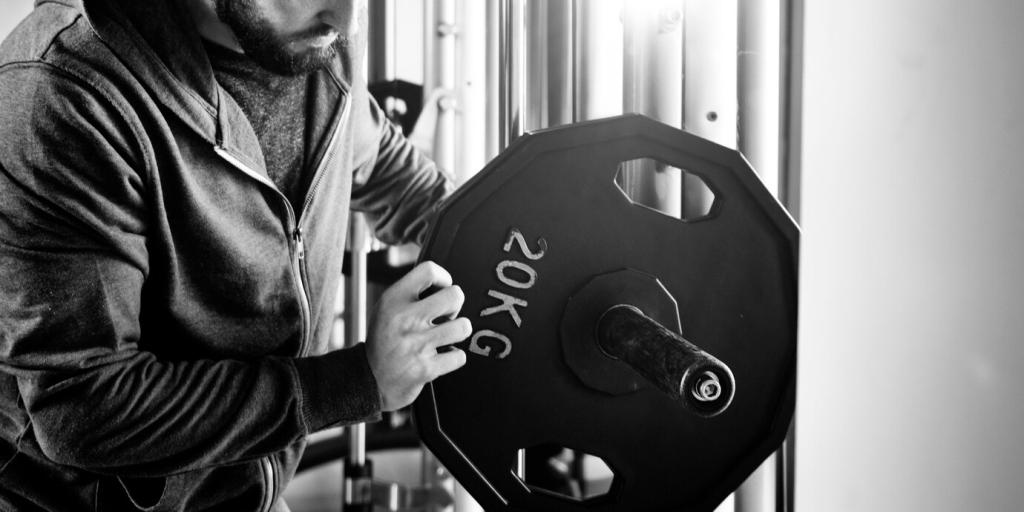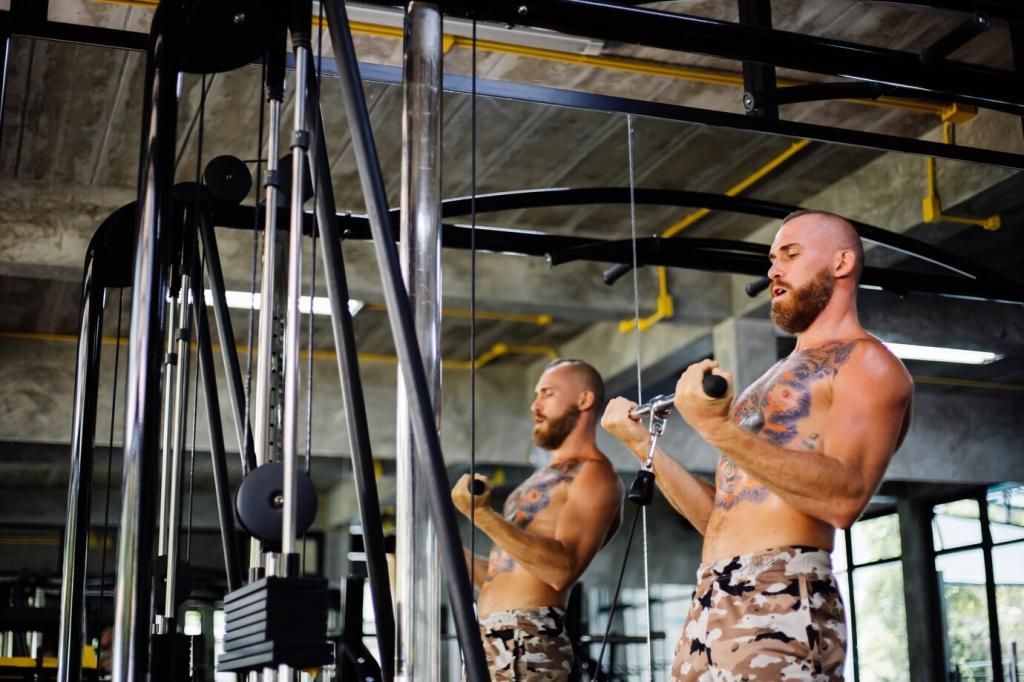Equipment Compatibility and Daily Wear
For frequent drops, prioritize dense rubber or a platform with thick rubber tiles in the landing zone. Thinner foam compresses and tears, and vinyl risks damage. Add edge transitions to avoid tripping between zones. Lifters who upgraded to thicker rubber often report calmer noise levels and far less rattling through the house.
Equipment Compatibility and Daily Wear
Cardio machines transmit vibration into the floor. Place them on dense rubber mats or anti-vibration pads to quiet hum, protect the subfloor, and prevent walking. Ensure feet sit fully supported and level, and clean sweat promptly. One cyclist noted reduced resonance on rubber over acoustic underlayment compared with bare vinyl plank.



